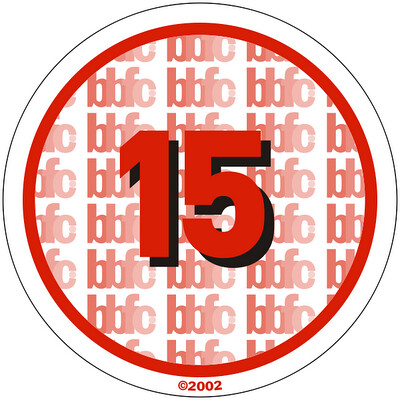These are some of the main features and conventions that you would see in a typical thriller film: film that provide thrills and keeps the audience cliff-hanging at the "edge of their seats" as the plot builds towards a climax The tension usually arises when the character or characters is placed in a menacing situation, a mystery, or a trap from which escaping seems impossible. Life is threatened, usually because the principal character is unsuspectingly or unknowingly involved in a dangerous or potentially deadly situation. Thrillers are most commonly filmed in recognisable setting, this allows the audience to be familiar with the setting and this adds to the realism of the thriller. Thrillers often overlap with mystery stories but are distinguished by the structure of their plots. In a thriller, the hero must thwart the plans of an enemy rather than uncover a crime that has already happened. While a murder mystery would be spoiled by a premature disclosure of the murderer's identity, in a thriller the identity of a murderer or other villain is typically known all along. Thrillers also occur on a much grander scale: the crimes that must be prevented are serial or mass murder, terrorism, assassination, or the overthrow of governments. Jeopardy and violent confrontations are standard plot elements. While a mystery climaxes when the mystery is solved, a thriller climaxes when the hero finally defeats the villain, saving his own life and often the lives of others.
 Thrillers are influenced by film noir. In the sense that they have similar plot and narrative points, also the characters within the film would posses certain characteristics that would either be used against the protagonist or help him or her to overcome the situation in the film. A thriller would also include some enigmas in the plot, an enigma is a secrete that is shown towards the beginning of the film and is answered at the end of the film however sometimes film producers can decide not to reveal all the enigmas and therefore create an even greater sense of mystery and leave the audience with questions still unanswered.
Thrillers are influenced by film noir. In the sense that they have similar plot and narrative points, also the characters within the film would posses certain characteristics that would either be used against the protagonist or help him or her to overcome the situation in the film. A thriller would also include some enigmas in the plot, an enigma is a secrete that is shown towards the beginning of the film and is answered at the end of the film however sometimes film producers can decide not to reveal all the enigmas and therefore create an even greater sense of mystery and leave the audience with questions still unanswered.
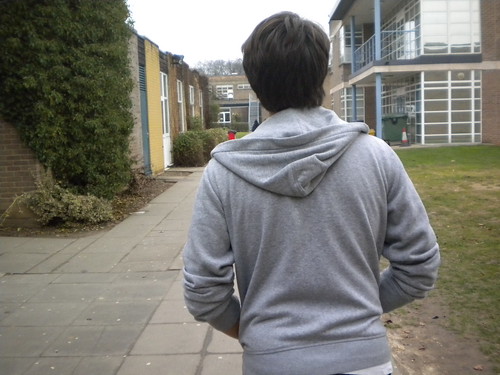


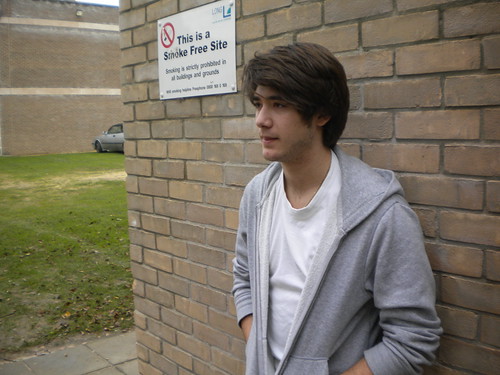
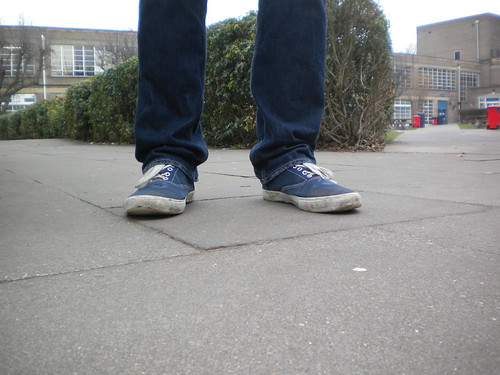

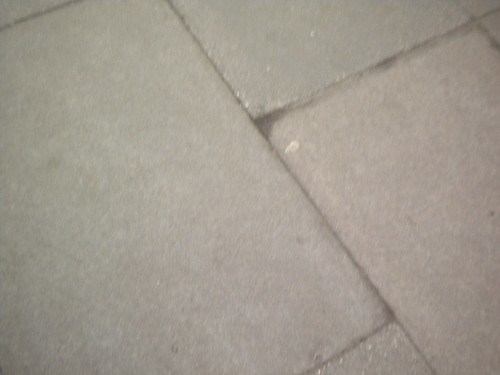

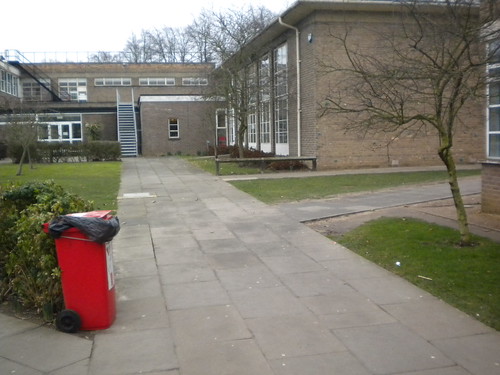
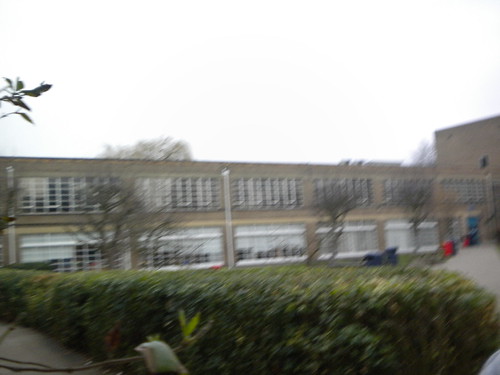


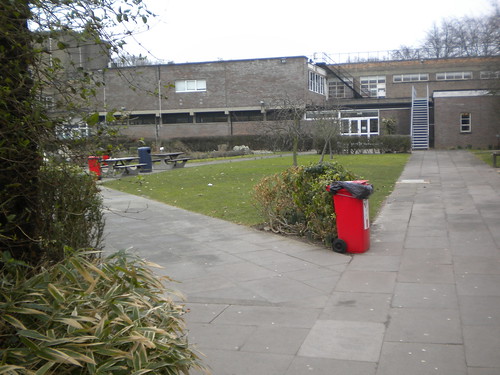
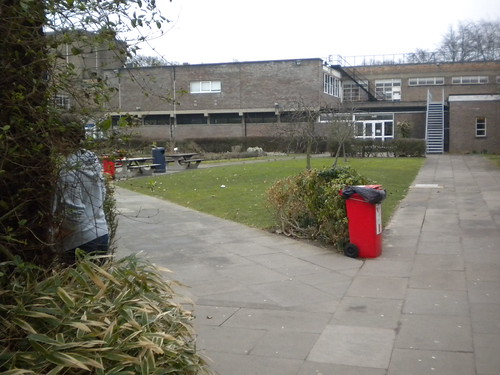
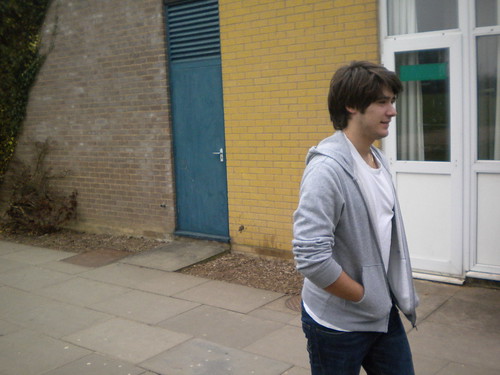
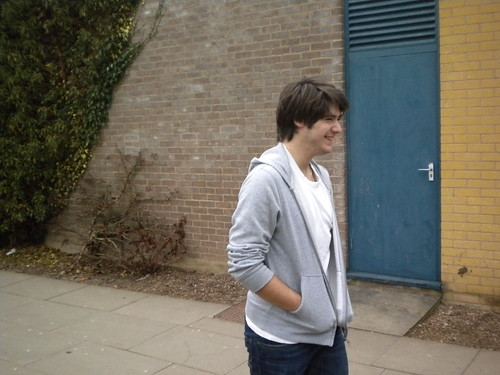
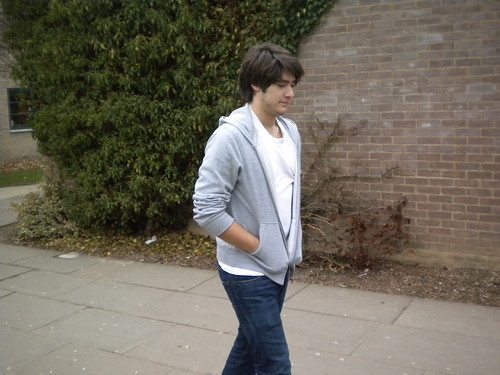
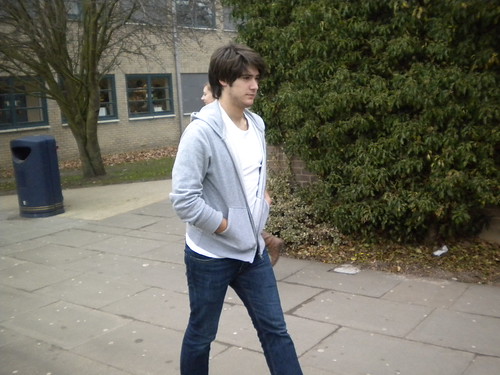



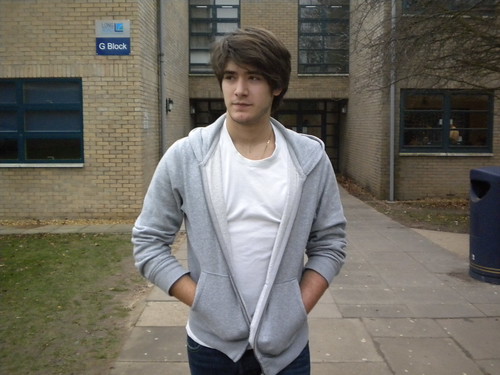

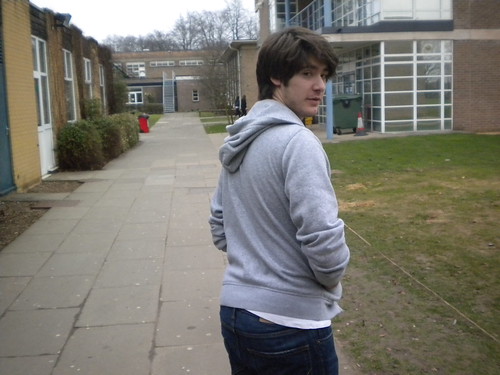
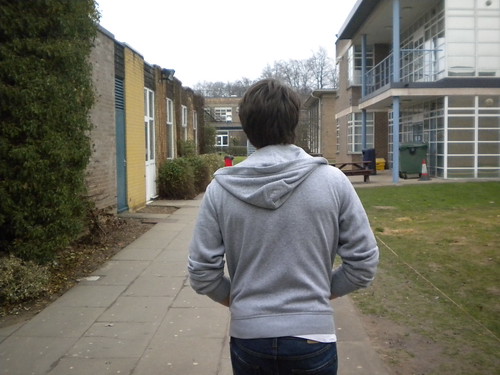
 Language
Language